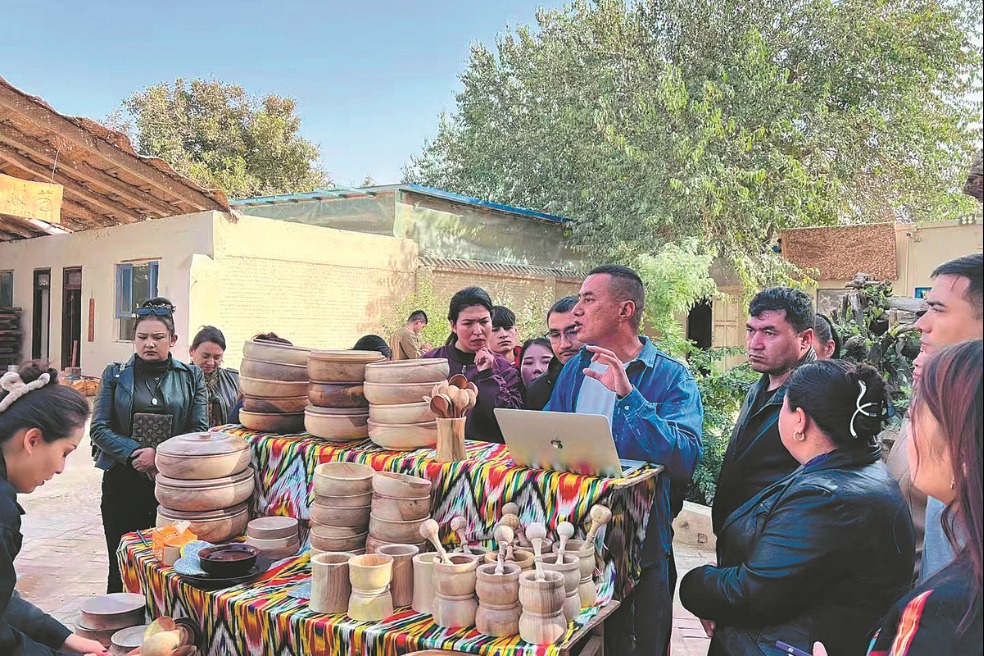Joint legal efforts to safeguard Yangtze
Authorities focus on high-risk areas, including fishing bans, sand mining

To improve the systematic protection of the Yangtze River, the Supreme People's Court and 11 other State-level departments have jointly released a guideline aimed at enhancing coordination between law enforcement and judicial bodies, while addressing existing problems and drawing on successful local practices.
The guideline calls for stronger interdepartmental communication and unified law enforcement and judicial standards, focusing on frequently occurring cases and key areas such as pollution prevention, the Yangtze River's 10-year fishing ban and river sand mining management.
Regarding enforcement actions, a balanced approach that combines strict law-based case handling with governance improvements should be adopted, according to the guideline. It also supports joint operations across administrative boundaries in ecologically sensitive areas, as well as in regions known for frequent ecological and environmental violations within the Yangtze River Basin.
According to a case released by the top court in May 2024, three people used a three-layer gill net to fish in a national nature reserve for rare and endemic fish species in the upper reaches of the Yangtze River. Their catch included one Yangtze sturgeon and two rock carp, both of which are nationally protected species.
The Jiangjin district people's procuratorate in Chongqing filed criminal charges and an accompanying civil public interest lawsuit against the three defendants for endangering precious and endangered wild animals. The court found the trio guilty and sentenced each to 15 months in prison, with suspended sentences of 18 months, along with fines ranging from 5,000 to 9,000 yuan ($697 to $1,255).
The guideline also emphasizes strengthening professional and technical support to develop a sound and standardized environmental assessment and appraisal system. This includes improving expertise in investigation and evidence collection, damage assessment and ecological restoration.
It further calls for enhanced cross-departmental information sharing, including promoting big data collaboration in case handling and regular updates, and joint use of ecological and environmental law enforcement and judicial data across the Yangtze River Basin.
Another case cited by the court took place in Fujian province, where a man surnamed Chen illegally logged over 21 cubic meters of timber in a State-owned forest. He was sentenced to 18 months in prison and fined 10,000 yuan after undertaking ecological restoration efforts and compensating for environmental losses.
The court said that restorative justice was applied throughout the case, with close cooperation between courts and forestry authorities to implement a compensation mechanism and valuation methods for losses in forest ecosystem service function.
The guideline also calls for promoting diversified dispute resolution by strengthening coordination between government departments and courts, and ensuring effective integration of environmental and resource-related litigation with non-litigation dispute resolution mechanisms.
Today's Top News
- Autonomous regions making good progress on multiple fronts
- Trade fair highlights broadened opening-up
- New markets to spur foreign trade
- Global Governance Initiative a timely call
- Xi calls for defending multilateralism
- Full text of Xi's statement at virtual BRICS Summit






























